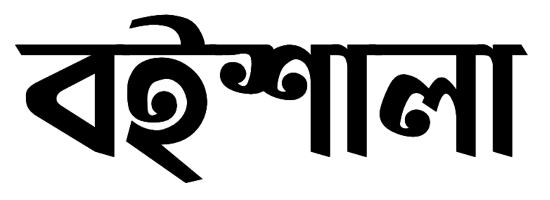‘Five Little Pigs’ Summary of the book
Maurice Willson Disher’s review in The Times Literary Supplement of 16 January 1943 concluded, “No crime enthusiast will object that the story of how the painter died has to be told many times, for this, even if it creates an interest which is more problem than plot, demonstrates the author’s uncanny skill. The answer to the riddle is brilliant.”
Maurice Richardson was pleased to see the return of Poirot to Christie’s works when he reviewed the novel in the 10 January 1943 issue of The Observer. He concluded, “Despite only five suspects, Mrs. Christie, as usual, puts a ring through the reader’s nose and leads him to one of her smashing last-minute showdowns. This is well up to the standard of her middle Poirot period. No more need be said.”
J.D. Beresford in The Guardian’s 20 January 1943 review, wrote: “Miss Agatha Christie never fails us, and her Five Little Pigs presents a very pretty problem for the ingenious reader.” It concluded that the clue to who committed the crime was, “completely satisfying.”
Robert Barnard: “The-murder-in-the-past plot on its first and best appearance – accept no later substitutes. Presentation more intricate than usual, characterization more subtle.” All in all, it is a beautifully tailored book, rich and satisfying. The present writer would be willing to chance his arm and say that this is the best Christie of all.”
Charles Osborne: “The solution of the mystery in Five Little Pigs is not only immediately convincing but satisfying as well, and even moving in its inevitability and its bleakness.”
